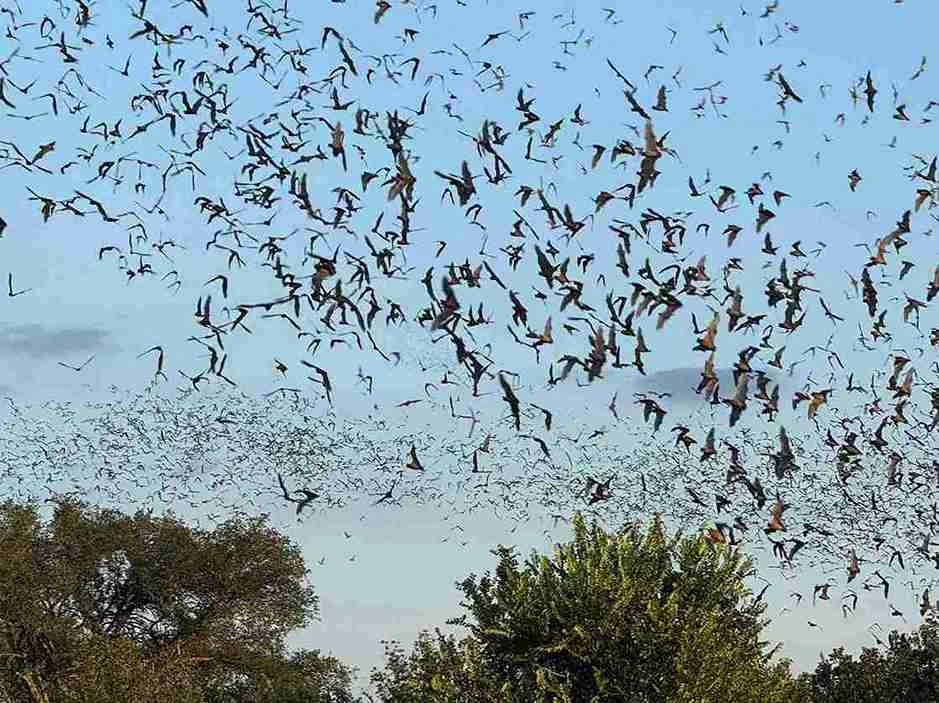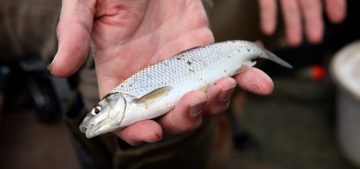A Night at Bracken Bat Cave: Bats, PIT Tags, and Big Ideas
Recently, our team at Voda IQ had the privilege of visiting Bracken Cave Preserve, just outside of San Antonio, Texas. Home to an estimated 15–20 million Mexican free-tailed bats, it’s the largest bat colony in the world. Every evening from March through October, the colony emerges from the cave entrance in a swirling, breathtaking display that lasts about 45 minutes.
It’s not just a spectacular sight—it’s an ecological powerhouse. Collectively, these bats consume an estimated 15 tons of insects per night, providing natural pest control across Texas farmland and beyond. Standing at the mouth of the cave as millions of bats streamed past us into the dusk sky was nothing short of amazing.
Bats and PIT Tags
Bats are already PIT tagged in some studies, helping researchers track migration patterns, longevity, and population dynamics. But standing at Bracken Cave, we couldn’t help but think about the challenges of applying current PIT tag technology to such a massive colony.
When bats leave the cave en masse, tens of thousands pass through a narrow space in a short time. With PIT tags, there’s a risk of tag collision—when more than one tag is in the same read range at the same time. In these cases, the signals interfere with one another, and no read is captured at all. For a small group of bats, this is manageable. But with millions of animals flying out at once? The challenge is obvious.
The Collision Problem
Think of it like trying to listen to several people talking over each other in a crowded room—you can’t pick out a single voice. PIT readers work in a similar way. If multiple tags “speak” at once, the reader may fail to detect any of them. That makes it difficult to inventory or track animals when they’re moving in large groups.
Looking Toward Ultra-High Frequency Solutions
One potential solution is ultra-high frequency (UHF) tags. UHF technology allows for anti-collision protocols, meaning the reader can distinguish and capture multiple tag signals in rapid succession—even when dozens or hundreds of tags are in range.
The challenge? Current UHF tags are still too large to use on small-bodied animals like bats. Developing a tag that is small enough, lightweight enough, and safe for use in bat research is an engineering hurdle that hasn’t yet been solved.
Innovation on the Horizon
At Voda IQ, experiences like Bracken Cave spark ideas. We left the preserve asking ourselves: What if there were a way to take an inventory of an entire cave full of bats—all at once—without missing a single read?
That question is now heading to our engineers and designers. We’re beginning conversations about the feasibility of developing miniaturized UHF tags that could overcome collision issues while still being lightweight and animal-friendly. It’s ambitious, but it could transform how researchers study not just bats, but any species that moves in large groups.
What Do You Think?
Would this type of technology help your research? Could you imagine the possibilities if you could inventory an entire bat colony—or other large aggregations of wildlife—with a single scan?
We’d love to hear your thoughts. Drop us a message and let’s start a conversation. At Voda IQ, innovation begins with curiosity, and sometimes it begins with standing in awe under the wings of millions of bats.









Add comment